The Death’s-Head Hawkmoth. The name itself evokes a sense of mystery and intrigue, conjuring images of a creature shrouded in folklore and superstition. While its skull-like marking may appear ominous, this remarkable moth is more fascinating than fearsome. Embark on a journey into the captivating world of the Death’s-Head Hawkmoth, exploring its unique characteristics, life cycle, cultural significance, and the challenges it faces in the modern world.
Decoding the Death’s-Head Hawkmoth: Species and Identification
The term “Death’s-Head Hawkmoth” actually encompasses three distinct species within the genus Acherontia: A. atropos, A. styx, and A. lachesis. While each species shares the characteristic skull-like marking on the thorax, their geographic distributions differ. A. atropos is primarily found in Africa and Europe, while A. styx and A. lachesis are native to Asia.
The infamous “skull,” a crucial identifying feature, varies slightly in shape and intensity among the species. This macabre marking, likely a form of mimicry, may serve to deter potential predators.
Unveiling the Secrets: Behavior and Diet
These nocturnal moths are most active under the cover of darkness. Beyond their striking appearance, Death’s-Head Hawkmoths possess other intriguing characteristics. When disturbed, they can emit a high-pitched squeak or chirp – a surprising defense mechanism for an insect. This sound may also play a role in communication, though further research is needed.
Remarkably, these moths are known to raid beehives for honey. Their thick cuticle provides some protection against bee stings and their ability to mimic bee pheromones may allow them to infiltrate hives undetected, although this is still under investigation.
Death’s-Head Hawkmoths are also powerful fliers capable of long migrations. A. atropos, for instance, regularly migrates from Africa and Southern Europe to the UK during the warmer months. They have even been found on ships far from land, demonstrating their impressive navigational abilities. Some research suggests they may use the earth’s magnetic field for orientation, much like birds, but this theory requires further investigation.
From Egg to Adult: Life Cycle and Development
Like many insects, the Death’s-Head Hawkmoth undergoes a complete metamorphosis. The life cycle begins with eggs laid singly on the underside of leaves of their host plants. These include various species across several plant families, such as Solanaceae (potato, tomato, woody nightshade), Verbenaceae, Oleaceae (jasmine), and Bignoniaceae.
The eggs hatch into large, stout caterpillars (larvae) that can grow up to 120-130mm long. These caterpillars display a range of color variations – bright yellow, vibrant green, or mottled brown – depending on the species and instar (stage of larval development).
Once the caterpillar reaches its full size, it burrows underground to pupate. Inside this earthen chamber, the transformation to adulthood occurs. The adult moth then emerges, usually during the warmer months, ready to begin its migratory journey.
A Moth of Myth and Mystery: Cultural Significance
The Death’s-Head Hawkmoth has long held a place in human folklore and superstition. Its species names, derived from Greek mythology (Atropos, Lachesis, Styx), refer to figures associated with death and destiny. This connection, combined with the prominent skull marking, has led to various cultural interpretations, some associating the moth with death or ill omens, while others view it as a symbol of rebirth or connection to the supernatural.
Its presence in popular culture, notably in the film The Silence of the Lambs, has further cemented its image as a creature of mystery and intrigue. This depiction, while dramatic, contributes to the ongoing fascination with this unique insect. If you’re curious about other intriguing creatures, you might be interested to learn whether armadillos bite. Or perhaps delve into the world of swimming strokes, like the deepstroke.
Conservation Concerns: A Delicate Balance
While the Death’s-Head Hawkmoth isn’t currently classified as endangered across its entire range, it faces several threats. Habitat loss due to deforestation and urbanization reduces available breeding and feeding grounds. Insecticide use, while targeting agricultural pests, can also harm non-target insects like the Death’s-Head Hawkmoth. Climate change poses another significant challenge, potentially disrupting migratory patterns and impacting the availability of host plants.
Ongoing research seeks to better understand these threats and develop effective conservation strategies. Some experts believe that preserving and restoring key habitats, particularly those containing the moth’s preferred host plants, is crucial. Others are investigating the potential benefits of reducing insecticide use in certain areas.
Rarity and Distribution: A Patchy Presence
The rarity of the Death’s-Head Hawkmoth varies considerably depending on location and time of year. While widespread across parts of Africa, Europe, and Asia, its migratory nature leads to fluctuating populations. In the UK, it’s considered nationally scarce, with only occasional sightings, mainly in the southern and eastern regions. Even within these areas, distribution can be patchy, with some locations experiencing more frequent sightings than others.
| Region/Country | Rarity Status | Likelihood of Sighting |
|---|---|---|
| Southern & Eastern UK | Nationally Scarce | Low |
| Other parts of UK | Occasional | Very Low |
| Continental Europe | Varies, often infrequent | Variable |
| Africa | Varies, often infrequent | Variable |
| Asia | Varies, often infrequent | Variable |
Ongoing Research and Future Directions
Much about the Death’s-Head Hawkmoth remains shrouded in mystery. Ongoing research continues to explore its complex migratory patterns, the intricacies of its interactions with bee colonies, and the precise role it plays within various ecosystems. Further research is needed to fully understand the function of its squeaking sound and the extent to which it mimics bee pheromones. As our understanding of this fascinating insect evolves, we are sure to uncover even more secrets about its captivating life.
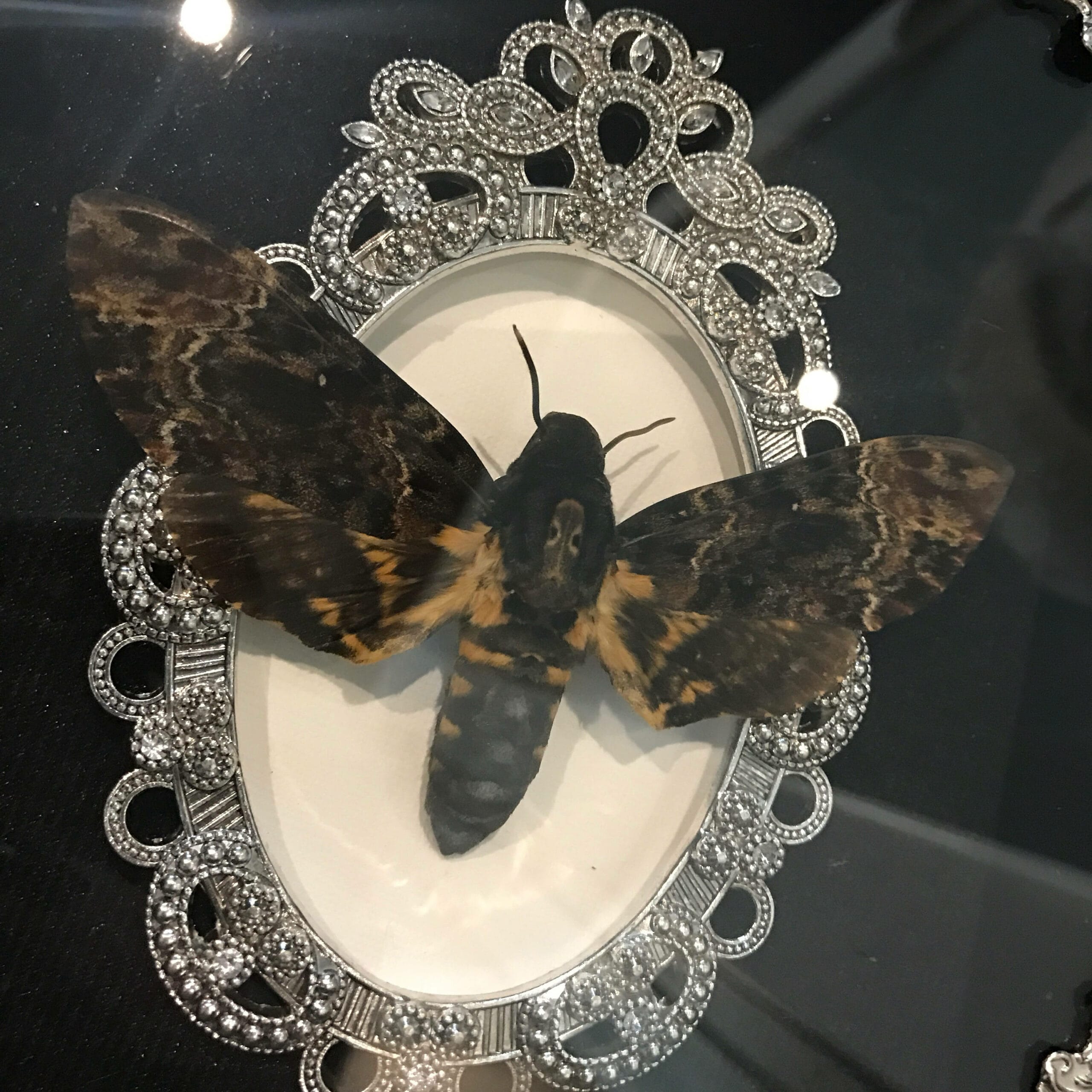
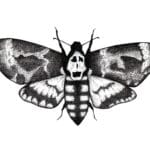
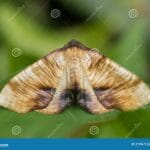
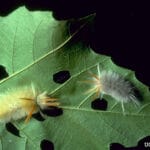

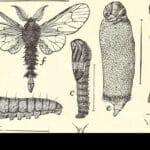






1 thought on “The Death’s-Head Hawk Moth: A Comprehensive Guide to This Mysterious Insect”
Comments are closed.